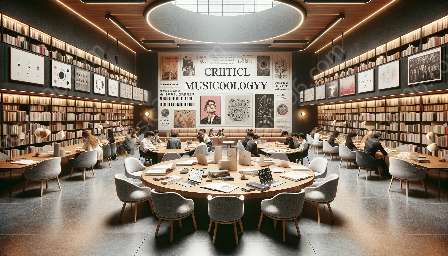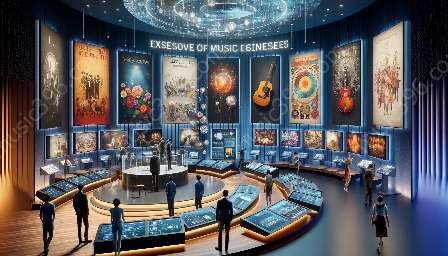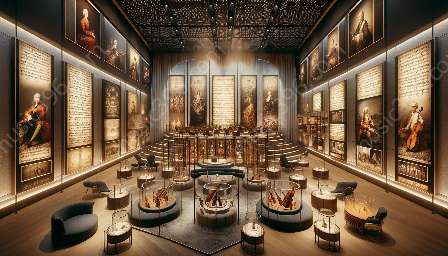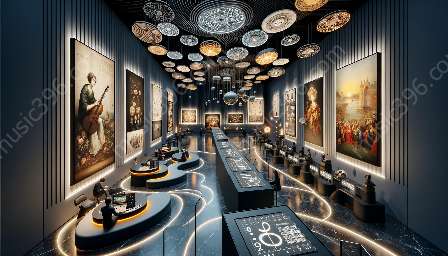Storytelling and music have been intertwined since time immemorial. In many cultures around the world, musical instruments play a crucial role in the oral tradition of passing down stories, myths, and legends. The study of musical instruments and musicology offers an intriguing perspective on how different cultures utilize musical instruments in their storytelling traditions. This comprehensive exploration delves into the profound connection between instruments, storytelling, and oral traditions, drawing from various cultural contexts and historical periods.
The Importance of Instruments in Storytelling
Music and storytelling have long been recognized as powerful tools for communication and expression. When combined, they create a captivating medium for conveying cultural narratives. Musical instruments serve as a vital component in this process, providing a sonic backdrop that enhances the emotional impact of the stories being told. Whether it's the pulsating rhythms of a drum, the haunting melody of a flute, or the resonating chords of a stringed instrument, each type of instrument lends its unique qualities to the storytelling experience.
Cultural Significance of Instruments
Across different societies, the choice of instruments used in storytelling reflects the cultural values, beliefs, and traditions of the community. For example, in many Native American cultures, the use of drums and flutes holds deep spiritual significance, often representing connections to nature and ancestral spirits. Similarly, in traditional African storytelling, the djembe and other percussion instruments are employed to create an immersive atmosphere, aligning with the oral tradition's rhythmic and participatory nature.
Musicology and Instrumentation
The field of musicology provides valuable insights into the historical and sociocultural contexts in which storytelling instruments have been utilized. Through the study of instrument construction, performance techniques, and stylistic variations, musicologists can trace the evolution of storytelling traditions and their relationship with musical instruments. By examining textual, visual, and oral sources, as well as engaging with living traditions, musicologists gain a deeper understanding of the roles played by instruments in oral storytelling across different periods and geographies.
The Evolution of Instruments in Storytelling
As cultures evolve and interact, instruments used in storytelling undergo changes, adaptations, and innovations. Historical narratives often reveal the assimilation of new instruments into traditional storytelling practices, reflecting the influence of cross-cultural interactions. This dynamic process highlights the fluidity and adaptability of storytelling traditions, as well as the transformative power of musical instruments in shaping these narratives.
Preservation and Revival of Storytelling Instruments
In recent times, efforts have been made to preserve and revive the use of traditional storytelling instruments that may have been in danger of being lost. Organizations and individuals dedicated to cultural preservation work closely with musicians, scholars, and community members to document, teach, and reintegrate historical instruments into contemporary storytelling practices. This resurgence not only safeguards cultural heritage but also enriches modern storytelling by incorporating diverse and authentic musical expressions.
Conclusion
The intricate connection between instruments, storytelling, and oral traditions is a testament to the enduring power of music and narratives in human culture. By studying the interplay between musical instruments, oral storytelling, and musicology, we gain a deeper appreciation for the multifaceted ways in which instruments contribute to the rich tapestry of global storytelling traditions. Through continued research, collaboration, and appreciation, we can ensure that these instruments and narratives continue to thrive and resonate across generations.



















